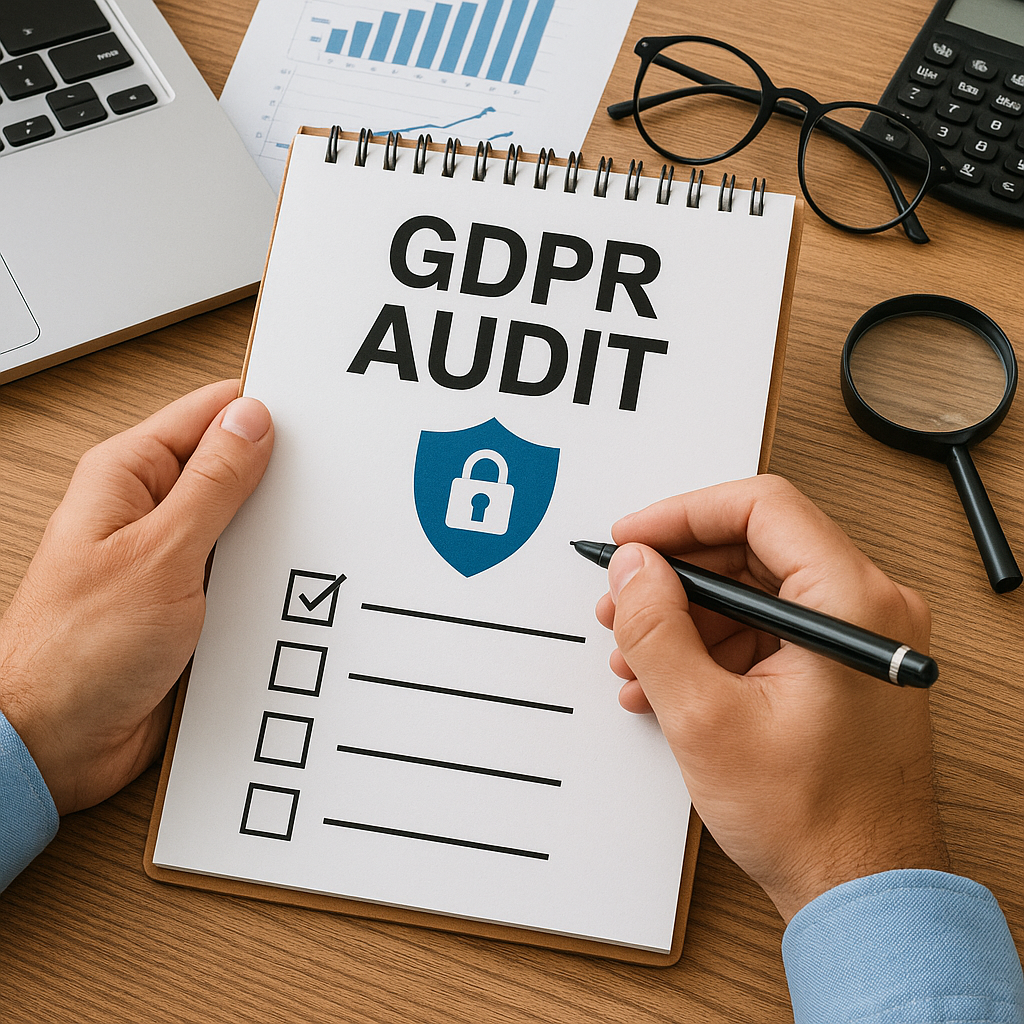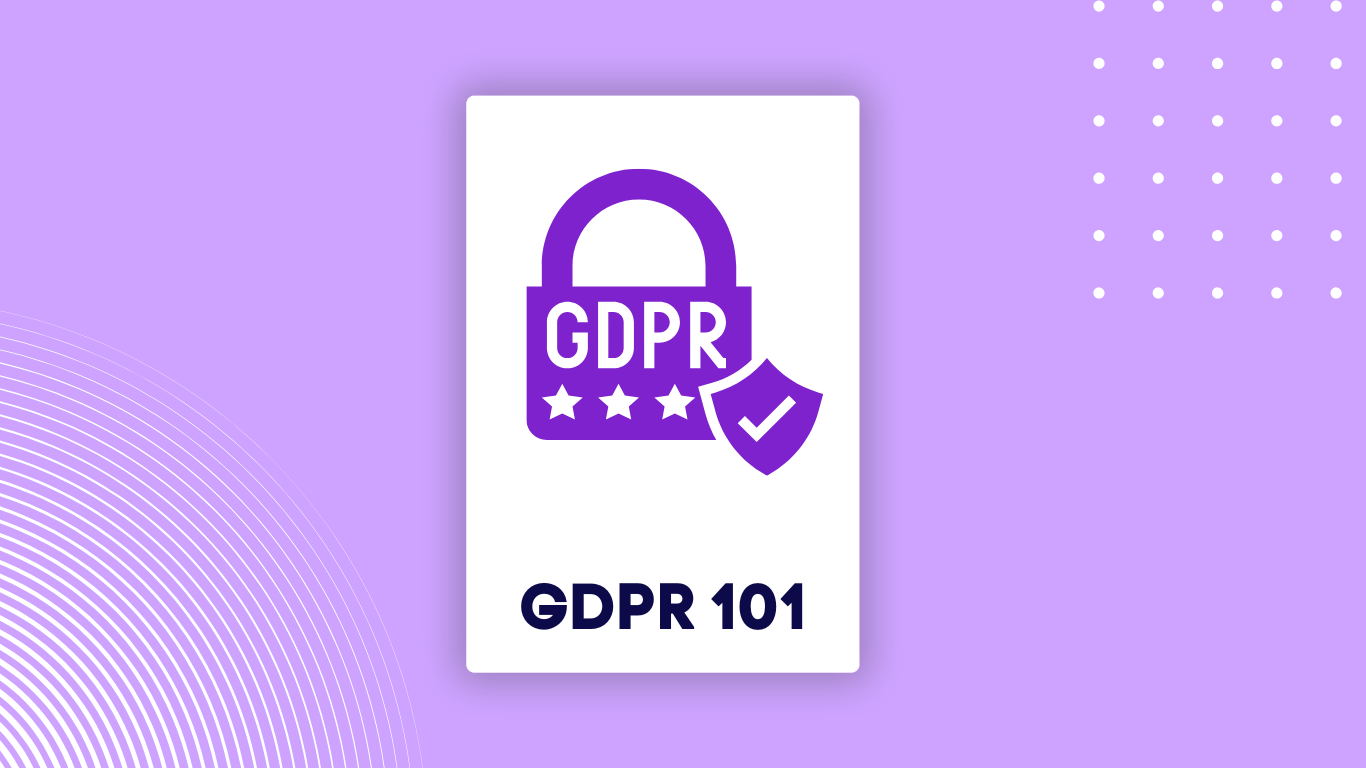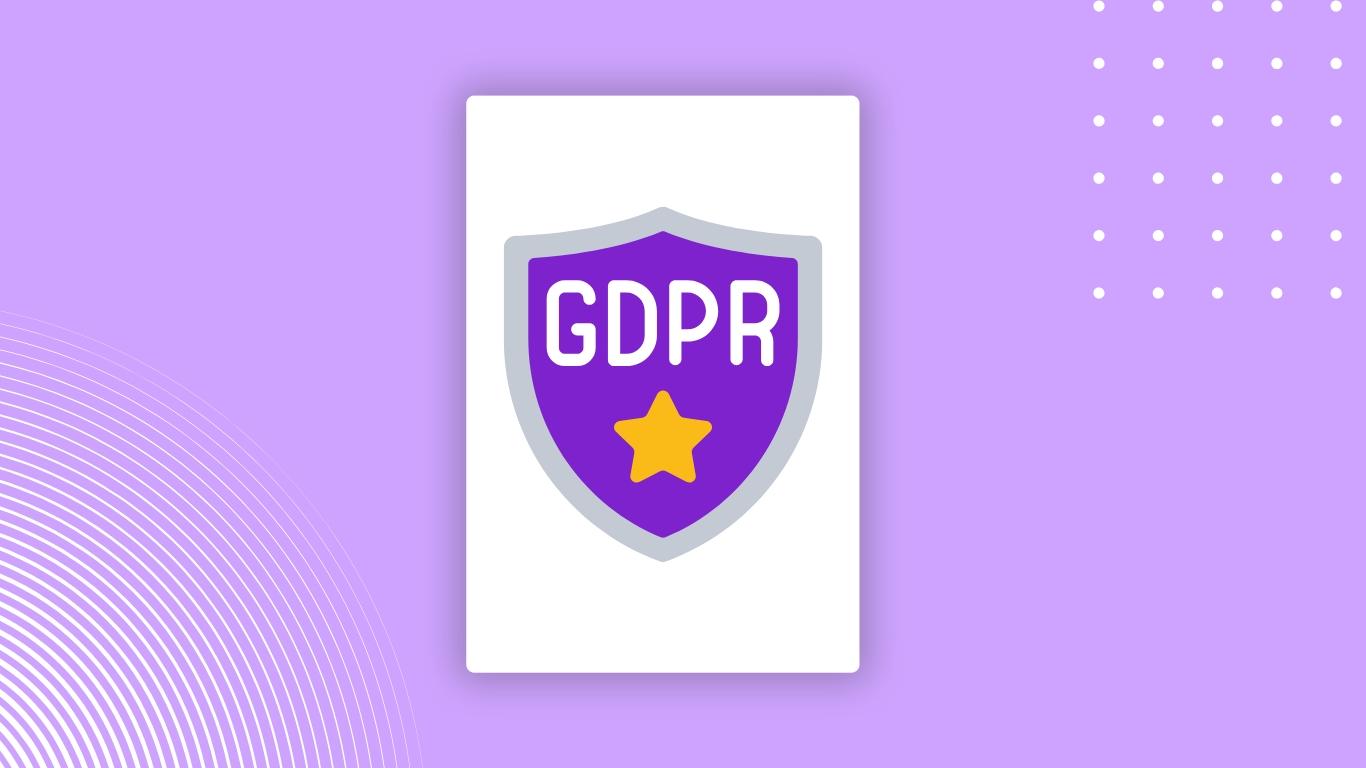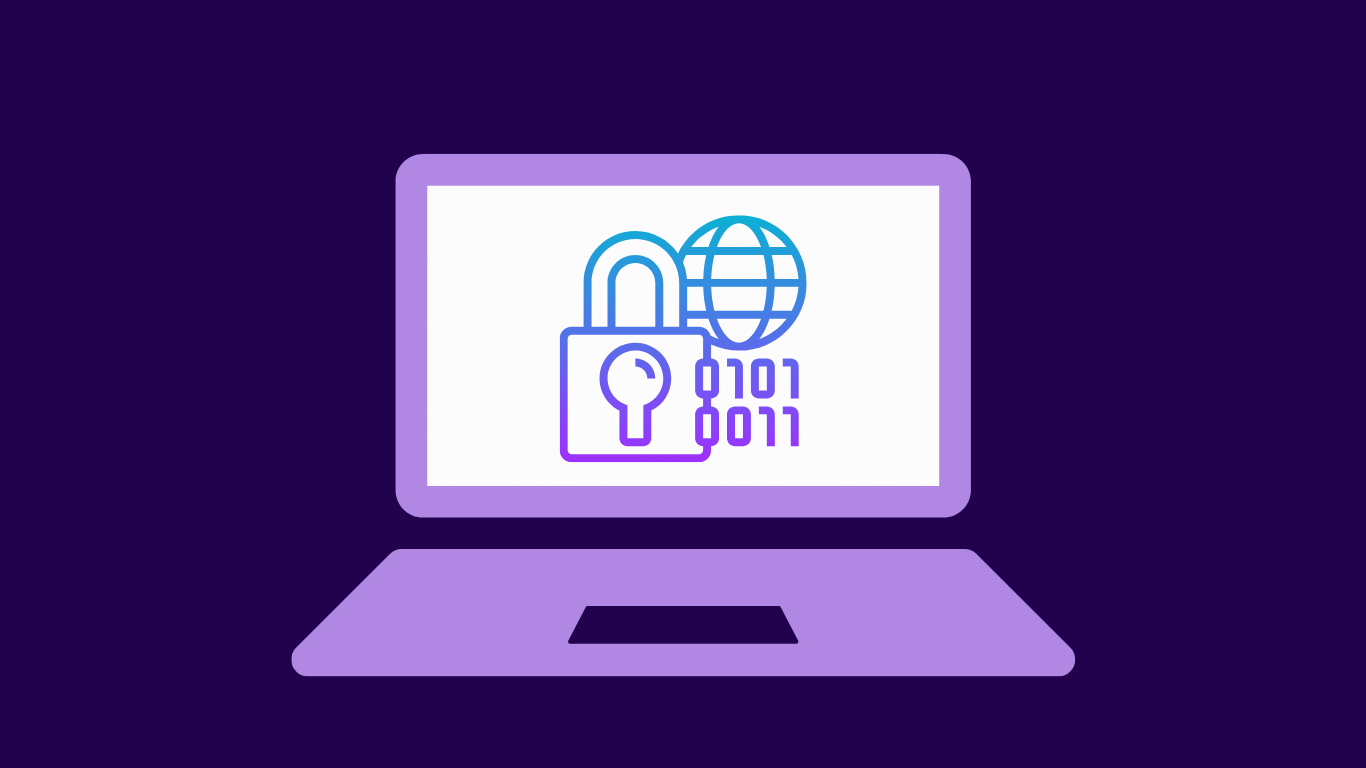Learn how to begin your GDPR audit with AI. Discover the benefits of AI compliance platforms for faster, smarter, and more accurate data protection audits
It can feel stressful to get ready for the initial GDPR audit in the digital age that is becoming more and more controlled. Safety is now necessary, regardless of whether you’re an organization navigating complicated data environments or a startup growing quickly. Fortunately, businesses approaches to legal awareness are changing as a result of the emergence of AI compliance services for GDPR.
In this guide, we’ll walk you through how to initiate your first GDPR audit with AI, explore the benefits of AI powered tools, and help you streamline every stage of your compliance process using technology.
Understanding the GDPR Audit Process
An independent evaluation of your company’s methods for gathering, handling, storing, and safeguarding private information is called a General Data Protection Regulation (GDPR) audit. It helps you find and address areas of risk before fines or leaks happen and guarantees that you are in compliance with the GDPR’s legal demands.
A typical GDPR audit includes:
- Data mapping and inventory
- Policy and consent review
- Risk assessments and DPIAs
- Third party processor evaluations
- Technical and organisational controls
- Documentation and audit trails
However, these steps require significant time, expertise, and manual effort, unless you’re using an AI compliance platform for GDPR.
Why Use an AI Compliance Platform for Your GDPR Audit?
Traditional methods of conducting audits involve spreadsheets, email threads, and disjointed document storage. But with increasing data complexity and evolving regulations, manual approaches simply don’t scale.
Here’s where the power of an AI-powered data protection audit comes in:
1. Automated Data Discovery
AI can identify and classify personal data across various sources in real time, including emails, cloud apps, databases, and unstructured data, giving you a complete picture of where sensitive data lives.
2. Intelligent Risk Assessment
Instead of guessing, AI algorithms can evaluate data flows, user behavior, and system configurations to automatically detect compliance risks and flag them for remediation.
3. Faster Compliance Mapping
AI speeds up the process of mapping controls to GDPR requirements, helping you understand what you’ve already covered and what’s still missing.
4. Smart Documentation and Reporting
Audit trails, DPIAs, and RoPAs (Records of Processing Activities) can be generated instantly with AI, allowing you to provide verifiable evidence during inspections.
By initiating your GDPR audit with AI, you move from reactive checklists to proactive compliance checks.
Step by Step Guide to Launching Your First GDPR Audit with AI
Ready to begin? Here’s a step by step breakdown of how to kick off your first GDPR audit with AI and get real value out of your AI compliance platform.
Step 1: Select the Right AI Compliance Platform for GDPR
Look for a platform that offers:
- Automated data discovery
- Built in GDPR controls mapping
- DPIA tools and RoPA generators
- Role based dashboards for legal, IT, and compliance teams
- Real time alerts for policy violations
Platforms like Sahl are purpose built to help teams manage the full lifecycle of a GDPR audit with AI, ensuring efficiency and accuracy from day one.
Step 2: Map Your Data and Identify Gaps
Once your platform is set up, initiate a data discovery scan to locate all personal and sensitive data across your systems. AI will categorize this information and associate it with data subjects, helping you:
- Build a data inventory
- Understand how data moves through your organization
- Identify high risk areas and third party involvement
This is one of the fastest ways to gain GDPR visibility, something that could take weeks manually.
Step 3: Assess Current Compliance Readiness
The platform will then help assess your current privacy posture by:
- Matching your existing policies and controls against the GDPR articles
- Identifying areas of non compliance
- Scoring your organization on GDPR maturity
Using this baseline, you can determine what needs to be fixed and prioritize those actions. It’s a clear example of how to use AI for GDPR audits in a real world scenario.
Step 4: Conduct DPIAs Using AI Driven Templates
A Data Protection Impact Assessment (DPIA) is mandatory for high risk data processing activities. With AI, DPIAs become less burdensome by:
- Pre filling common processing types
- Highlighting specific GDPR articles triggered
- Suggesting mitigations for identified risks
- Storing documentation for accountability
An AI powered data protection audit drastically reduces the time and legal overhead needed to complete DPIAs.
Step 5: Generate Audit Ready Documentation
One of the most valuable outputs of your GDPR audit with AI is the documentation it creates. A robust platform should allow you to:
- Export full audit reports
- Create dynamic RoPAs
- Keep logs of access and system changes
- Share evidence with internal stakeholders or external auditors
Because all data is collected and validated by AI, your reports will be accurate, timely, and defensible.
Benefits of Starting GDPR Audits with AI
Choosing to launch your audit with an AI powered platform gives you a competitive edge. Let’s explore some standout benefits:
1. Time Savings
Audits that used to take weeks can now be completed in hours, freeing up compliance teams for more strategic work.
2. Improved Accuracy
AI minimizes human error by continuously monitoring data flow and processing activities.
3. Cost Efficiency
Reduce reliance on external auditors or consultants with in house, and increase accuracy with AI-enabled capabilities.
4. Real Time Monitoring
Your audit doesn’t stop when the checklist is done. AI platforms offer ongoing insights to help you stay compliant year round.
5. Cross Functional Collaboration
Legal, IT, HR, and compliance teams can all access the same dashboards, creating transparency and accountability across departments.
Common Pitfalls to Avoid in Your First AI-Powered GDPR Audit
Even with powerful technology, launching your first GDPR audit with AI can present challenges if not approached thoughtfully. Avoiding these common pitfalls can make the difference between a successful audit and one that falls short of expectations:
1. Choosing a Generic AI Tool Not Tailored for Regulatory Needs
Not all AI platforms are created equal. Opting for a generic automation tool without specialised compliance features may leave critical GDPR requirements unaddressed. Ensure the solution you choose is purpose built for privacy regulations, with features like DPIA automation, RoPA generation, consent tracking, and data classification aligned with GDPR standards.
2. Skipping Human Oversight
AI is a powerful assistant, but it doesn’t replace human judgment. Compliance still requires contextual interpretation, ethical decision making, and legal validation. Always have privacy professionals or compliance officers review the insights and recommendations generated by AI to avoid blind spots or misclassifications.
3. Focusing Only on Technology and Ignoring Culture
Relying solely on tech while neglecting organizational culture can be a costly mistake. A successful GDPR audit with AI also depends on employee awareness, clear internal policies, training programs, and an environment that values data protection. Compliance must be part of the company’s DNA, not just its toolset.
Balance automation with education, governance, and strategic planning to make your AI powered GDPR audit a long term success, not just a one time checklist.
How AI Changes the Future of GDPR Audits
The move to AI based audits signals a broader shift in compliance culture. Rather than compliance being a once a year event or a checkbox exercise, AI transforms it into an integrated, living function.
With the help of AI:
- Companies can continuously audit themselves
- Regulators may begin requesting real time compliance data
- Privacy becomes an embedded feature, not an afterthought
Organisations that adopt these changes early will build stronger trust with users, partners, and regulators.
Conclusion
Launching your first GDPR audit with AI is more than a tactical move; it’s a strategic investment in your organization’s future. AI compliance platforms for GDPR bring scalability, speed, and sophistication to a process that was once manual, rigid, and resource intensive.
With the right tools, mindset, and governance structure, your team can not only meet GDPR requirements but also turn compliance into a competitive advantage. As privacy becomes a core business concern, customers and partners are increasingly looking for transparent, secure, and accountable data practices. Demonstrating that you use an AI powered data protection audit not only enhances operational efficiency but also builds trust with stakeholders.
Moreover, regulatory landscapes are evolving. Future frameworks may expect real time compliance monitoring and automated reporting. By embracing AI early, your organization is better positioned to adapt to upcoming changes without scrambling to retrofit old systems. Compliance done well is not a cost; it’s a differentiator.
Frequently Asked Questions (FAQs)
Q) What is a GDPR audit?
A GDPR audit is a review of an organisation’s data processing practices, policies, and systems to ensure compliance with the General Data Protection Regulation.
Q) How can AI help with a GDPR audit?
AI helps automate data discovery, risk assessments, and documentation, significantly reducing the manual workload and increasing audit accuracy.
Q) Is an AI compliance platform for GDPR reliable?
Yes. Reputable platforms use advanced algorithms, privacy frameworks, and role based controls to ensure secure and reliable auditing.
Q) Can startups use AI for GDPR audits?
Absolutely. Startups benefit greatly from AI tools as they often lack large compliance teams and need scalable, efficient solutions.
Q) What is the best way to start a GDPR audit with AI?
Begin by selecting a purpose built AI platform like Sahl, conduct data discovery, assess compliance gaps, complete necessary DPIAs, and generate documentation.
Q) Is AI enough for GDPR compliance?
AI is a tool that supports compliance but should be used alongside sound legal guidance, internal policies, and training programs.
Q) How often should GDPR audits be conducted?
While not mandated on a specific schedule, it’s best to conduct audits annually or whenever significant changes in data processing occur.
Q) What are RoPAs and how does AI help with them?
Records of Processing Activities (RoPAs) are mandatory under GDPR. AI can automatically generate and update these records based on real time data processing.






